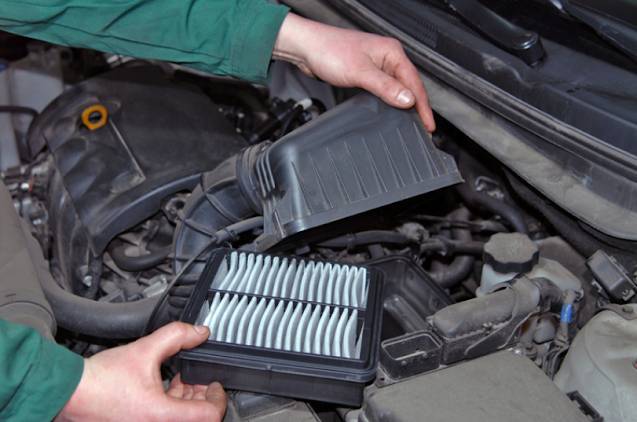Airlock Symptoms – How to Clean Car Cooling System?
A vehicle’s cooling system depends on a quality coolant system that has been tested in outrageous temperatures and is free from any dust particle that could affect its performance. In easy language, it is important to clean and refill the cooling system at proper time or mileage intervals. This ensures that you don’t face any symptoms of an airlock in a car cooling system.
In case your car’s coolant is going downhill, your vehicle has piled up the miles, or you’ve seen some changes in the colour and consistency of the coolant/antifreeze in the supply, it’s an ideal opportunity to flush the cooling system and supplant the old liquid. Before you jump at how much that will cost at your nearby service centre, we’re here to offer viable direction and guidance on how to clean a car cooling system.
If you look at the current car engines, they are loaded with aluminium components. The reason is that aluminium needs superb corrosion protection to survive. If you want your car to cool itself efficiently, make sure your car’s engine component is in good working condition.
Symptoms of an airlock in car cooling system
Overheating is a sure sign that something is wrong with your car’s cooling system. However, other reasons can be telling you to get your car’s cooling system checked.
Radiator leakage or losing coolant quickly can too be a result of your worn-out cooling system. Get aircon repair by professionals.
Heater not functioning properly can be a sign of the car’s cooling system being damaged.
Sometimes your car’s performance is reduced due to a defective or damaged car cooling system. Make sure you consult for a car cooling system with your nearest provider.
Leakage or overheating is an alarming sign for you to get your car’s cooling system fixed.
How Does Antifreeze Keep Your Car Cool?
A simple water pump circulates a mixture of water and antifreeze between the radiator and the engine of your car. This coolant mixture heats up as it starts circulating to your engine. Later, the water pump moves the heated coolant through the upper radiator hose and then into the radiator. It is, therefore, the heat exchanger filled with metal tubes.
This makes it altogether more important to select the right coolant for your car. The heat is drawn away from the fins attached to the metal radiator and then dumped into the air drawn via the radiator and the forward motion of your car.
The coolant circulates within the engine when it’s cold so that the engine warms it up faster. It also heats up a temperature-sensitive valve known as a thermostat that works at 195 degrees Fahrenheit to let your car coolant flow through the radiator.
How to Clean the Car Cooling System?
Through these easy and effective steps, you can successfully change your car’s cooling system. However, if you are finding any difficulty, you can always consult your nearest service centre.
Step 1: Preparation
It is important to let your car’s engine cool down before starting, Make sure to drain the old coolant as well as clean the expansion tank. If you find it heavily soiled, replace it with a new one. Due to environmental reasons, dispose the waste liquid responsibly.
Step 2: Flush the Cooler
Remove the upper and lower radiator hoses safely on the radiator. Make sure you clean the lower radiator thoroughly from top to bottom for about two minutes with the radiator cap closed. To increase the effectiveness, administer short pulses of air into the system. Flush the upper radiator hose from top to bottom until the outflowing water is clear and all the dirt has been removed.
Step 3: Flush the Engine Block
The next step is to remove the radiator hose. With the help of an effective cooling circuit flushing tool, clean and flush the upper radiator hose until the outflowing water is clear. Ensure that all the deposits have been removed. Remember that short pulsating air blows help in increasing the effectiveness of the rinsing process ...[Continue reading]



Comments
Post a Comment